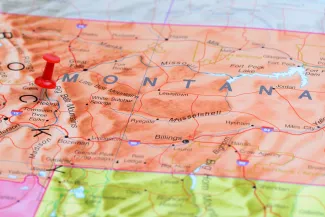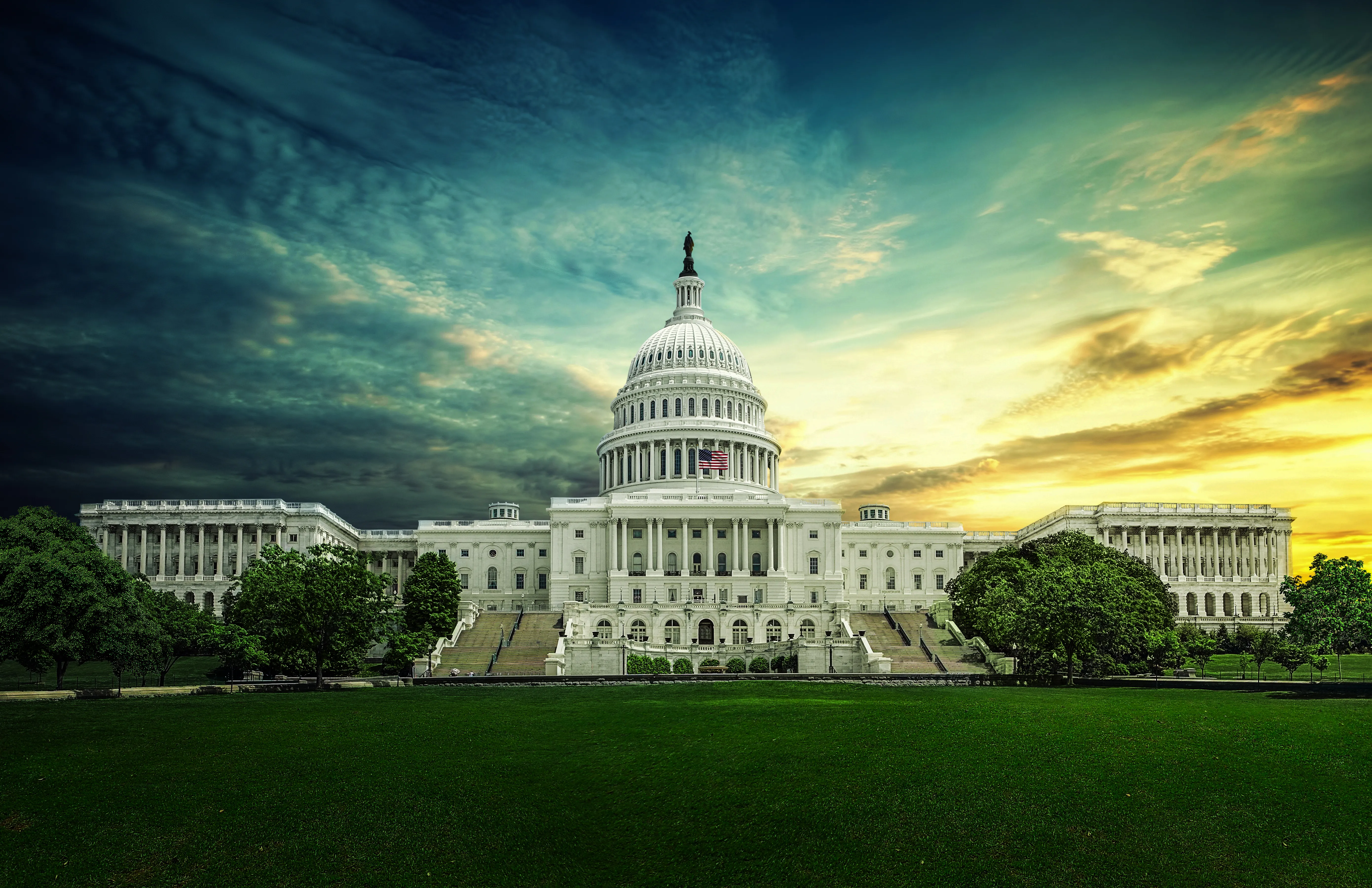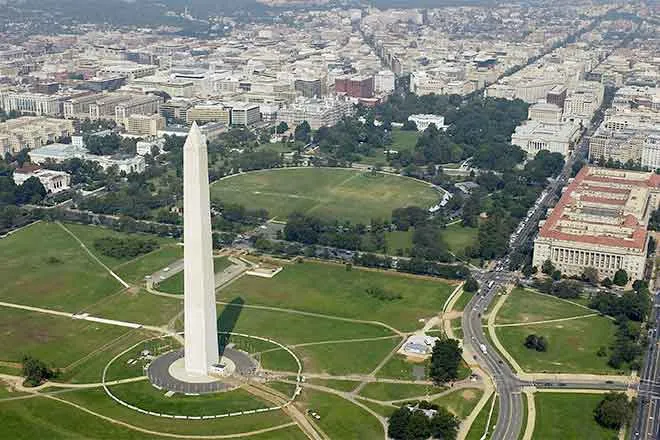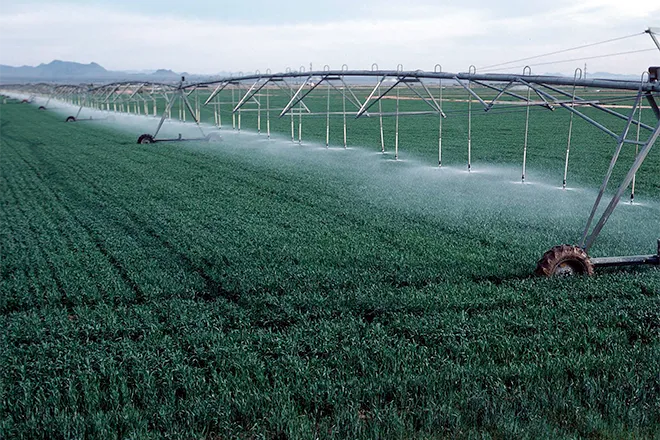
Montana conservation groups ready to defend marijuana tax revenue
In the four years since the Montana Legislature created the framework to legalize recreational marijuana, tax revenue has funneled tens of millions of dollars into conservation programs across the state.
But a coalition of conservation-oriented organizations on Wednesday said they are concerned that the governor’s office and the state legislature might try to reduce or reallocate the “historic investment.”
“This was a really, truly, groundbreaking achievement we had never before in Montana, set aside a single funding source to address so many of these different priorities,” said Noah Marion, state policy director for Montana Wild. “We’ve come to rely on this investment as Montanans, and it’s critical that we continue to build on this foundation that was set up in 2021 and defended in 2023. And here we are again in 2025 looking to defend it once more.”

When the state Legislature passed laws around legal marijuana use during the 2021 session, the tax revenue framework funneled 20 percent to Montana Fish, Wildlife and Parks, to be used by Habitat Montana, a program that pays for permanent easements and maintenance. Additionally, 4 percent is allocated each to state parks, trails and recreational facilities and nongame wildlife.
Fiscal projections from the last biennium showed that funding would reach $9.3 million for Habitat Montana, and $1.86 million for the three other conservation funds by fiscal year 2027.
Among the more than 4,000 bill requests currently before the 69th Legislature are four related to revising the distribution of marijuana tax revenue, though none of the bills have been drafted yet.
However, Governor Greg Gianforte’s budget contained a new proposal to provide $1 million over two years to the Montana Department of Natural Resources and Conservation to fund water storage projects around the state. The proposal is contingent on legislation “that redistributes certain marijuana tax revenue.”
At a December meeting, a budget analyst from the governor’s office indicated that while the details of legislation were still in flux, there will be a proposal to bring two of the smaller 4 percent conservation funds down to 3 percent, but it was not clear which accounts would be reduced.
“There’s just no need to reduce or eliminate these funds to these essential programs,” Marion said. “Montana is once again in a very strong fiscal position, with historic surpluses.”

© iStock - Nikolay Evsyukov
At the press event at Capital Sports in Helena, representatives from Wild Montana, Montana Wildlife Federation, Montana Trails Coalition, and the Montana State Parks Foundation made their opposition to any reduction in funding clear.
“Montanans … we’re really good at this. When we see something good that we want to do, then we figure out a way to get it done,” said Chris Marchion, a board member with Montana Wildlife Federation. “We need to take these monies that we have and invest them where we can get the best return for our wildlife and for our public going forward.”
Chris Smith, board vice president of the Montana State Parks Foundation and former deputy director of Fish Wildlife and Parks, said the biggest challenge for his department was providing adequate funding for the state parks program.
“It’s always been underfunded in terms of the potential value it provides to the people of Montana,” Smith said. “The marijuana funding that we received in state parks since 2020 has been incredibly important and will be increasingly important in the future.”
With the recent acquisition of a parcel of land near Judith Landing, Montana has 56 state parks that have seen vast increases in visitation in recent years.
The conservation groups also mentioned that Montanans have a clear appetite for funding conservation measures, pointing to a measure last session to expand allocations of marijuana revenue that passed with overwhelming support before Governor Gianforte vetoed it.
“The bottom line is that Montana can afford, and Montanans want to honor this ongoing commitment to public lands, state parks, trails and wildlife conservation,” Marion said. “There’s a real growing concern among our population, here in Montana, that the state is changing, it’s growing, and to protect the Montana that we all love, the reason we all live here, we need to protect these investments.”
Daily Montanan is part of States Newsroom, a nonprofit news network supported by grants and a coalition of donors as a 501c(3) public charity. Daily Montanan maintains editorial independence. Contact Editor Darrell Ehrlick for questions: info@dailymontanan.com.
















